Emerging Market Growth Opportunities
Emerging markets present substantial growth opportunities for the Distillation System Market. Countries in Asia-Pacific and Latin America are witnessing rapid industrialization and urbanization, leading to increased demand for distillation systems across various sectors, including pharmaceuticals, food and beverage, and petrochemicals. Market analysis suggests that the Asia-Pacific region alone could account for over 40% of the total market share by 2030, driven by rising investments in infrastructure and manufacturing capabilities. This trend indicates a robust potential for market expansion as industries in these regions seek to modernize their production processes and improve product quality.
Sustainability Initiatives Driving Demand
Sustainability initiatives are becoming a pivotal driver in the Distillation System Market. Companies are increasingly focusing on reducing their carbon footprint and enhancing energy efficiency. This shift is prompting the adoption of greener distillation technologies, such as those utilizing renewable energy sources and waste heat recovery systems. Recent statistics indicate that the market for sustainable distillation solutions is expected to grow at a compound annual growth rate of 8% over the next five years. As regulatory pressures and consumer preferences shift towards environmentally friendly practices, the demand for sustainable distillation systems is anticipated to escalate, influencing market dynamics significantly.
Rising Demand in the Pharmaceutical Sector
The pharmaceutical sector is a significant driver of growth in the Distillation System Market. With the increasing need for high-purity solvents and active pharmaceutical ingredients, distillation systems are essential for ensuring product quality and compliance with regulatory standards. The market for pharmaceutical distillation systems is projected to expand as the industry continues to innovate and develop new drugs. Recent reports indicate that the pharmaceutical segment could represent nearly 25% of the overall distillation market by 2027. This trend underscores the critical role that distillation systems play in the pharmaceutical manufacturing process, further propelling market growth.
Regulatory Compliance and Quality Standards
Regulatory compliance and stringent quality standards are critical drivers in the Distillation System Market. Industries such as pharmaceuticals and food processing are subject to rigorous regulations that mandate high levels of purity and safety in their products. As a result, companies are compelled to invest in advanced distillation systems that meet these standards. The increasing complexity of regulations, particularly in developed regions, is likely to drive demand for high-quality distillation solutions. Market data suggests that the need for compliance-driven investments could lead to a market growth rate of approximately 6% annually, as businesses prioritize quality assurance in their operations.
Technological Advancements in Distillation Systems
The Distillation System Market is experiencing a surge in technological advancements that enhance efficiency and reduce operational costs. Innovations such as advanced control systems, automation, and energy-efficient designs are becoming increasingly prevalent. For instance, the integration of artificial intelligence and machine learning in distillation processes allows for real-time monitoring and optimization, which can lead to significant improvements in yield and purity. According to recent data, the adoption of these technologies is projected to increase productivity by up to 30% in certain applications. As industries seek to improve their processes, the demand for sophisticated distillation systems is likely to rise, driving growth in the market.



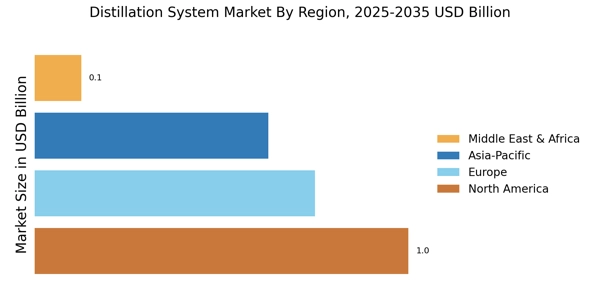
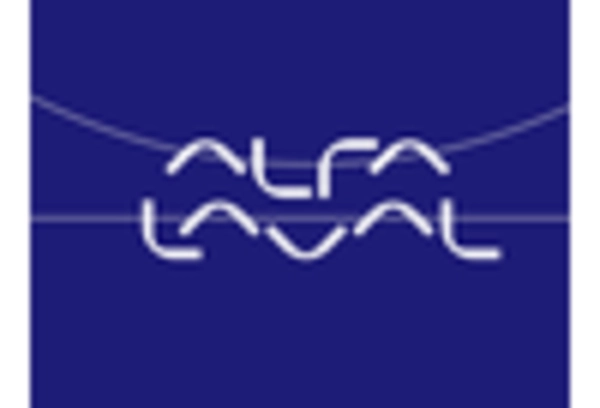
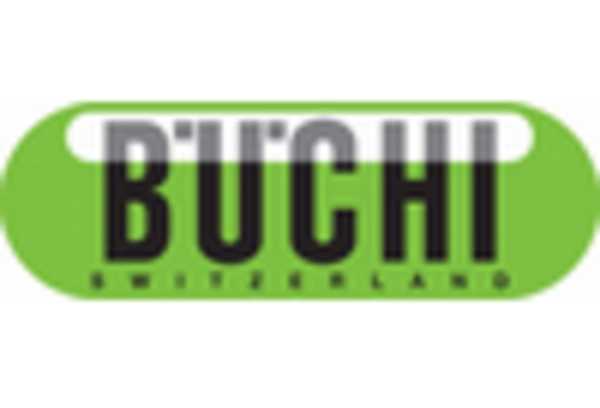
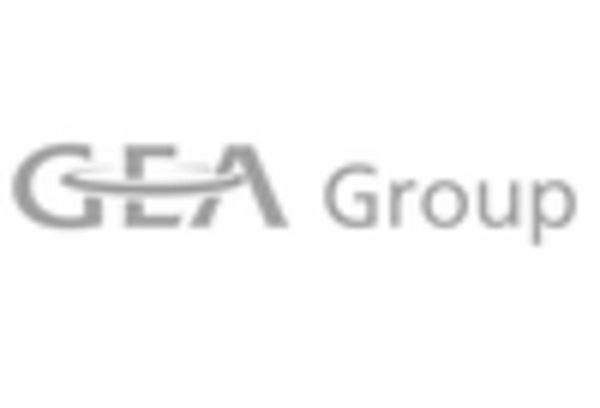

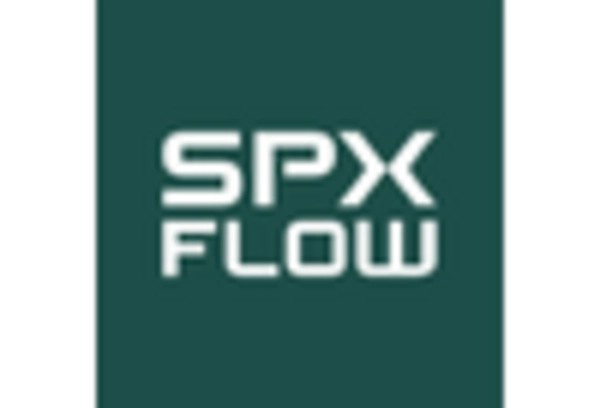









Leave a Comment